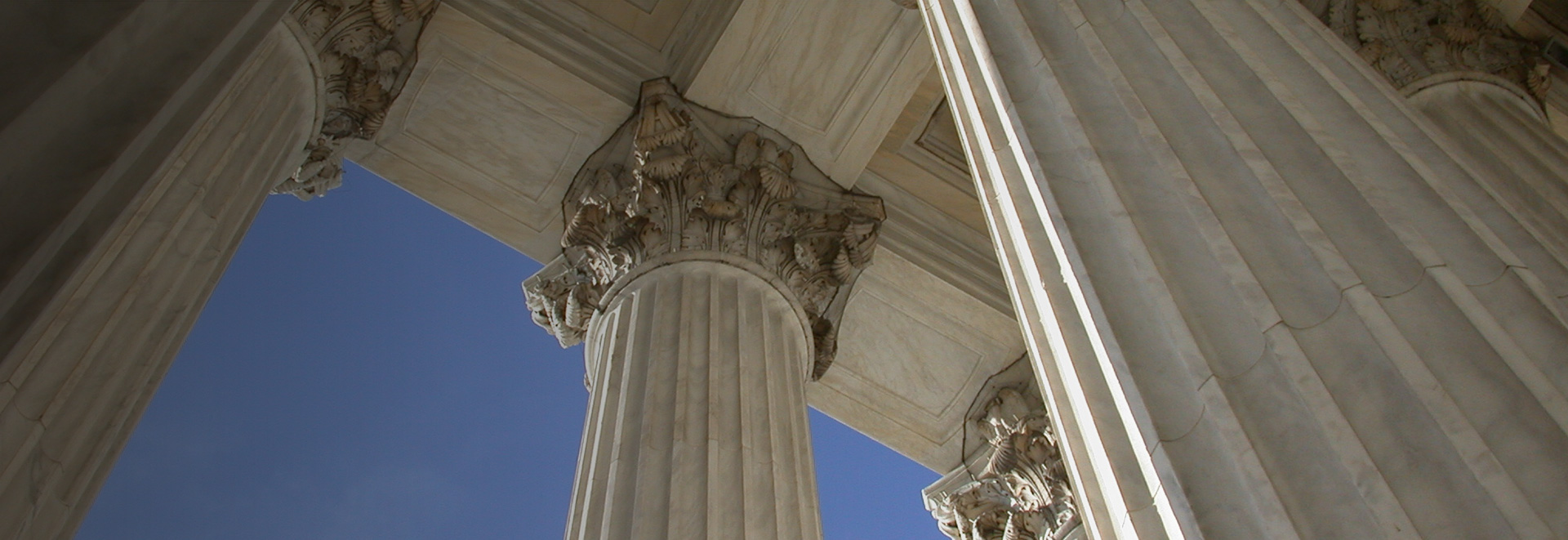Anyone who lives in or has been to New Orleans knows that walking is one of the most popular modes of transportation in the city. With so many pedestrians—including numerous tourists who may be unfamiliar with their surroundings—it’s no surprise that New Orleans sees its share of pedestrian-vehicle accidents.
One common cause of pedestrian accidents in New Orleans is jaywalking. Motorists are often not expecting a pedestrian to step out into a roadway where there is no intersection, crosswalk, or light—and they often cannot stop or yield in time. But when this happens, who is at fault? The answer is surprisingly not as easy as you may think.
When Do Pedestrians Have the Right of Way?
According to Article XV of the New Orleans, Louisiana Code of Ordinances, pedestrians are not permitted to cross a roadway anywhere other than a crosswalk when the two adjacent intersections have traffic control devices that are currently in use. In business districts, pedestrians are only permitted to cross roadways in crosswalks. Additionally, the law goes on to stipulate that any pedestrian attempting to cross a roadway anywhere other than a marked or unmarked crosswalk must yield the right of way to vehicles in the roadway.
In other words, it is unlawful to jaywalk in New Orleans when the two intersections nearest you have traffic/pedestrian signals in operation or when you are in a business district. When lawfully crossing a roadway outside of a marked or unmarked crosswalk, you are required to yield to oncoming traffic. Additionally, you are not permitted to suddenly step out from a sidewalk or another place of safety into a roadway and into the path of an oncoming vehicle that does not have enough time and/or space to reasonably stop or yield.
While this might seem like it could cause trouble for your claim—the motorist’s insurance company might argue that you failed to yield the right of way when you were lawfully required to do so—the fact is, New Orleans is a very pedestrian-friendly city. In fact, all motorists are required to take every possible precaution to avoid hitting individuals on foot. Only in relatively rare circumstances will it be granted that a motorist could not reasonably stop in time or take other precautionary measures to avoid hitting a pedestrian, even if that pedestrian acted unlawfully.
What This Means for Your Pedestrian Accident Claim
The issue of fault plays a large role in the outcome of your personal injury claim. If you were hit by a car or another motor vehicle, the driver may argue that you were at fault for the accident because you were jaywalking or because you suddenly stepped out into traffic. If the judge/jury agrees with the motorist’s allegations, you could miss out on some of the compensation you would otherwise be entitled to receive.
Under Louisiana’s pure comparative negligence rule, you can still recover compensation if you were partially at fault for an accident, regardless of your degree of blame. The amount of compensation you can receive is directly tied to your at-fault percentage—your overall recovery will be reduced by your degree of fault.
If you are found to have been partially at fault for the accident because you broke the law or failed to yield the right of way to oncoming traffic when required, you may face significant challenges in recovering compensation.
Why You Need an Attorney
At The Womac Law Firm, we not only understand New Orleans pedestrian laws, but we also know what it takes to effectively advocate for our clients.
Injured in a pedestrian accident in New Orleans? Contact The Womac Law Firm today to learn how we can help. Your initial consultation is completely free, and we do not collect any attorneys’ fees unless we recover compensation for you.
